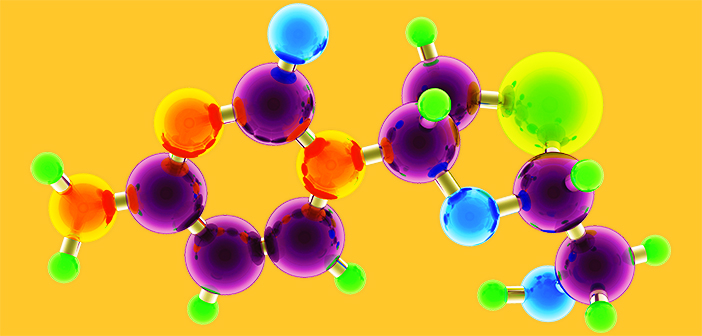As cells age, certain cellular functions start to fail, taking our bodies down with them. Sorting out what those failures are, and how they happen, keeps the field of aging research humming.
In Nature in February, a team of scientists led by Brown’s John Sedivy, PhD, reported an intriguing parallel between aging cells and retroviruses like HIV. And based on that finding, they used a generic HIV/AIDS drug to significantly reduce age-related inflammation and other signs of aging in mice.
“This holds promise for treating age-associated disorders,” says Sedivy, the Hermon C. Bumpus Professor of Biology. “Not just Alzheimer’s but many other diseases: type 2 diabetes, Parkinson’s, macular degeneration, arthritis.” Inflammation is an important component of such disorders.
The research examined DNA sequences called retrotransposons. Also known as jumping genes, they replicate and “jump” around the genome. Young, healthy cells can keep this process in check, but older ones lose that control. Sedivy’s team found that when a class of retrotransposons called L1 replicates in senescent cells, an antiviral immune response—the interferon response—triggers inflammation.
“This interferon response was a complete game changer,” Sedivy says. Retroviruses, like retrotransposons, wreak havoc by copying and inserting themselves into host DNA. And both need the same protein to replicate: reverse transcriptase. Drugs that halt that protein are one component of the multidrug cocktails that treat HIV/AIDS. The team wondered: could this class of drugs stop virus-like L1 replication and prevent the inflammatory immune response?
The answer is yes. After testing six HIV reverse transcriptase inhibitors on old mice and senescent human cells, the researchers found lamivudine worked best to block L1 activity and interferon response, with the fewest side effects.
The results were encouraging, Sedivy says, but they have more work to do before they can translate their findings to humans. “We don’t actually understand the whole aging problem yet,” he says. “The L1 reverse transcripts are at least an important part of this mess.”




